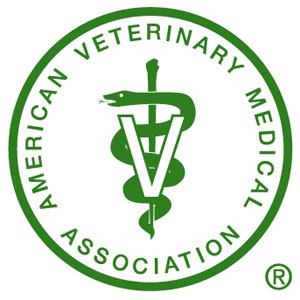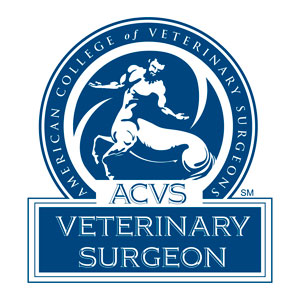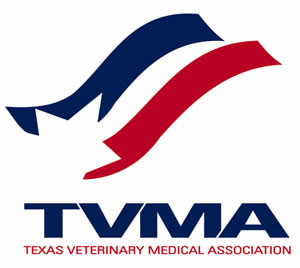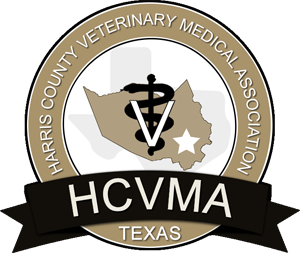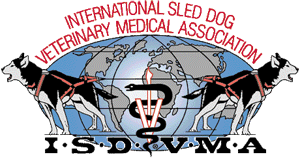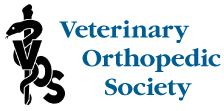Total Hip Replacement Complications
Total Hip Replacement should be clearly understood before scheduling surgery. Fortunately, the risks are low, but risk is not 0%.
We are continually evaluating and improving their techniques, the risk of a complication occurring is relatively low, but risks will always exist that same as if the surgery is performed on humans. We anticipate that more than 95% of our total hip replacement recipients will go on to live a fully-functional and pain-free life.
Risks of Complications
- Anesthesia – The risk of your companion dying under anesthesia is extremely low. During surgery, anesthesia is continually monitored. Monitored parameters include the patient’s EKG, oxygen saturation, respiration rate, and blood pressure.
- Infection – The risk of infection is less than 0.5%. Before, during, and after surgery every precaution is taken to prevent an infection from occurring. One of the many precautions that we take before surgery includes bathing your dog to ensure that their skin is clean. Please note that surgery will not be performed if the skin is unhealthy or if an existing infection is present. Rarely, an infection may arrive at the site of the implantation via the blood steam, at some later date in life. In the unlikely event this occurs, the infection should be treated promptly. If your companion contracts an infection anywhere in the body, it should be treated to reduce the risk of spread to the hip replacement site.
- Luxation – Within the first two weeks after surgery, luxation of the hip may occur as a direct result of the patient falling, or becoming "too active, too some". Also, if your dog slips and falls, or goes “spread eagle”, the hip may luxate. It is extremely important to be careful with your companion during the first 4-6 week postoperative period. Additional surgery is usually required in the event of a luxation.
- Loosening – Over time loosening of the components may occur. The probability of this occurring is sometimes proportional to the level of activity your companion exerts during the first 4-6 weeks after surgery. For example, a hunting dog that has vigorous exercise is more likely to have complications with loosening than say a lap dog. Loosening of components is now a rare complications with cementless implants. the incidence of loosening with cemented components is slightly higher that with cementless components, but both fixation methods are highly successful.
- Nerve Damage – The risk of nerve damage occurring is low. Transient temporary weakness can be present occasionally after surgey. Older patients who present with end-stage osteoarthritis at the time of surgery and/or having had previous surgery are more prone nerve dysfunction after surgery.
- Femur Fractures – This complication commonly occurs near the middle of the bone towards the lower end of the implant. Predisposing risk factors for femur fracture after THR include a dog’s age, previous surgeries around the hip joint, accidental falls, and over-exertion after surgery. Fractures can disrupt THR implants. Immediate fixation of the fracture is recommended for a favorable outcome. The hip replacement is generally fully functional with prompt fracture repair, but surgery is required to fix the fracture.
- Patellar Luxation – Luxation of the patella is rare. It is typically caused by an abnormal conformation or biomechanics of the leg during the patient’s growth and development period. Symptoms may or may not have been present prior to THR surgery. It can be corrected, but another surgery is necessary. Other knee problems can arise as well such as anterior cruciate ligament injury - especially if severe hip arthritis exists on the side opposite to the hip replacement.
You are part of the team
You can rest assured that we will take every precaution possible to ensure your companion’s safety is in no way compromised as we strive to improve their quality of life. In order to be completely successful, we need to count on you as part of the team to follow all strict postoperative care instructions carefully, ensuring your dog/cat does not become "too active too soon". In the likely event that your companion does have a complication, it is best to have it dealt with in a timely manner.






